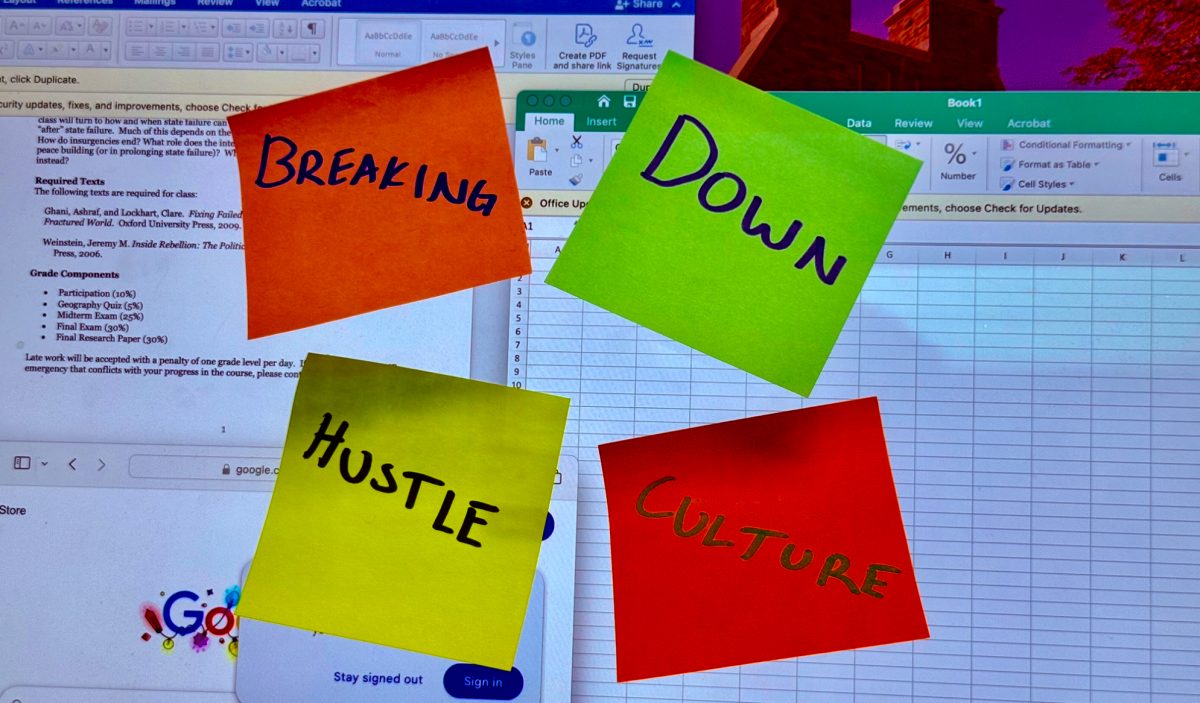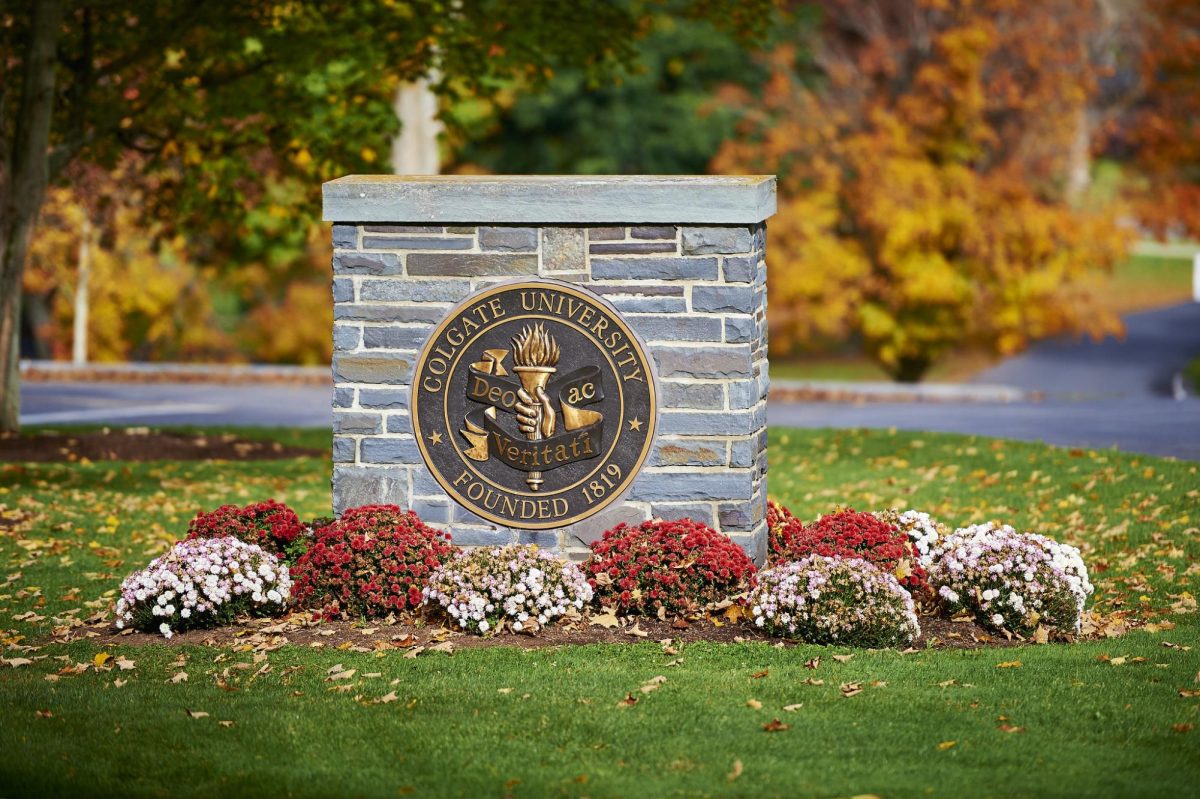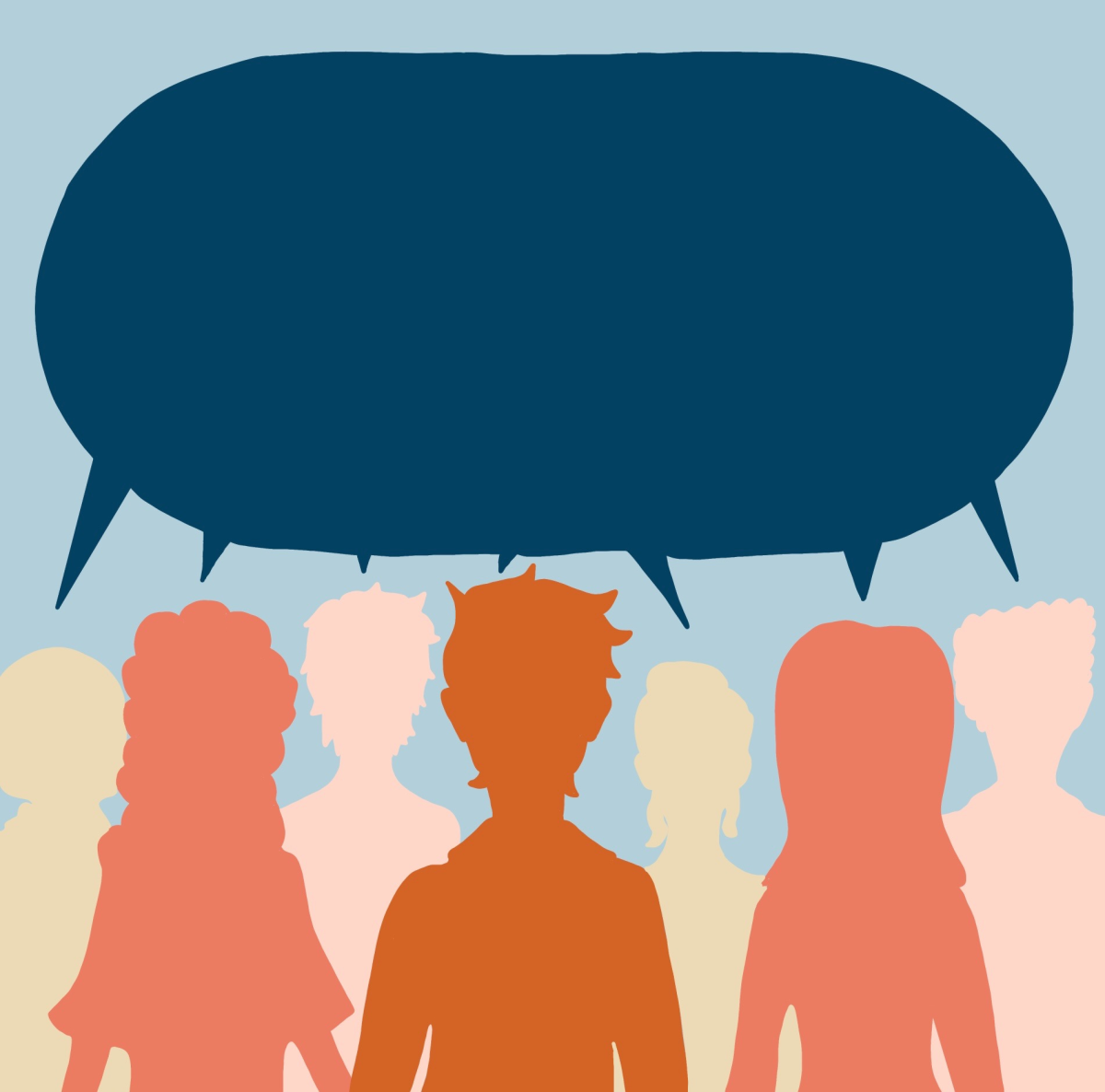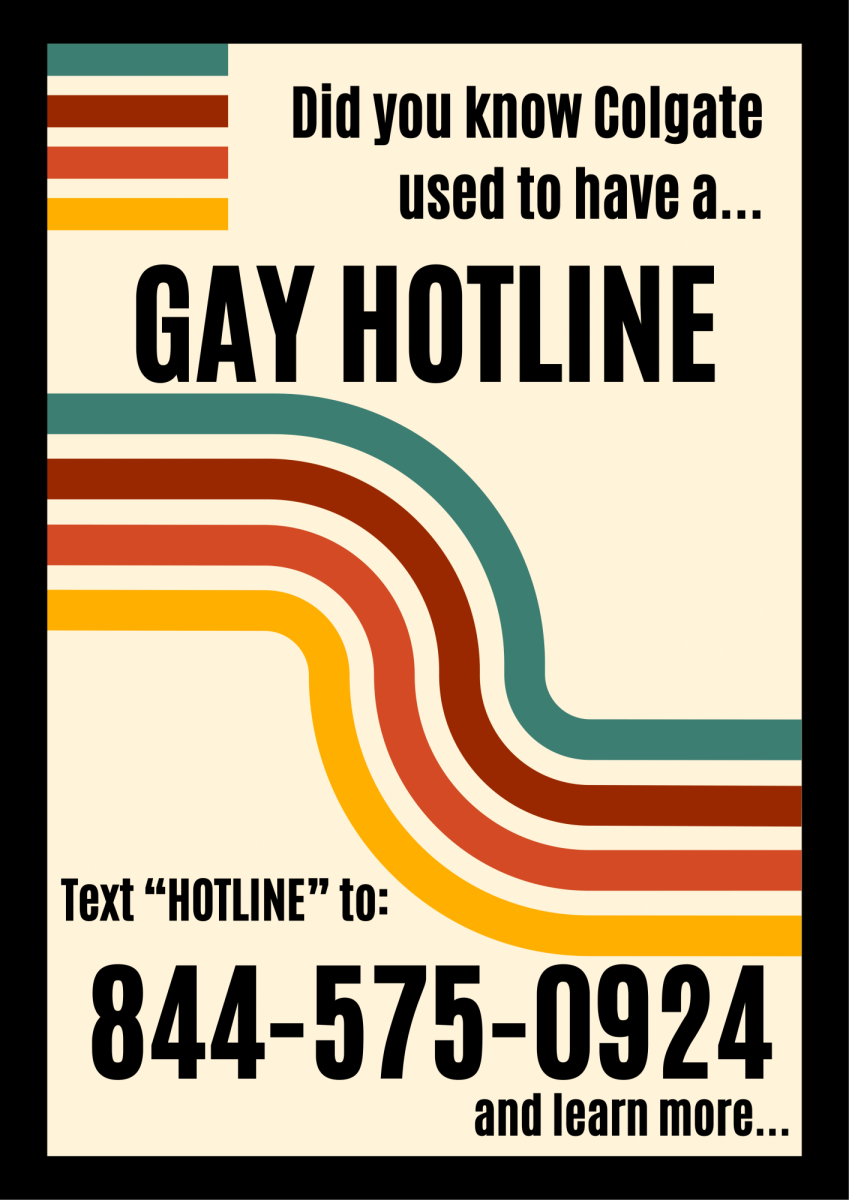The democratic framework of the United States is an elaborate construct. Thus, as political leaders possess the skills needed to navigate this intricate landscape, they are earnestly trusted by Americans to protect, maintain and better the lives of all citizens. However, in recent years, the elections of these leaders have been subject to prejudicial narratives, often due to the partisan influence of the media. In addition, I believe that aligning one’s perspectives parallel to those of similar backgrounds has become the norm, as a focus on government policy and political rhetoric is seemingly considered too arduous and time-consuming to the average voter. This has subsequently resulted in straight-ticket and voting for only candidates from a single party due to partisanship, as well as substantial division in our nation by virtue of biased rhetoric. This impressionable outlook needs to be addressed, especially when considering the power of our political leaders.
In order to dissect this catastrophic consequence of political unawareness, I will break down the dangers of straight-ticket voting. This strategy was developed to reduce time and effort at the polls by providing an option on each ballot to vote for all nominees from your preferred party. This resource has existed since before the 1960s but has never been deemed nearly as problematic as it is today. To provide context, of the approximately 154.6 million voters in the 2020 election, only about 4% supported a senator or congressman from the party opposite from their preference for either Joe Biden or Donald Trump. In contrast, during the 2012 presidential election, 51% of Alabama and 56% of North Carolina voters cast straight-ticket ballots. When compared to the strikingly low nationally polled 4% in 2020, it is clear that this issue has escalated dramatically. Fortunately, many politicians have recognized this problem, and currently, only seven states still offer this amenity. However, it is important to acknowledge that removing this option will not stop Americans from voting strictly along party lines. To restore bipartisanship and genuine political support in our country, a change is necessary! With that being considered, dominant media and journalism must be recognized as immorally persuasive in order for this solution to come to fruition.
I think that social media has subjected political objectives and campaign initiatives to out-of-context video clips, concise narratives and popular trends. Ever since the development of this technology in the mid-2000s, platforms such as Instagram, Facebook, Snapchat, Twitter, YouTube and TikTok have falsely portrayed the news as arbitrary information that is often taken out of context and displayed on these services as key points. For context, social media platforms operate based on your past interests shown on the app. If an adult follows profiles and accounts aligned with their culture, race, ethnicity or personal preferences, the platform will curate content that often reflects their identity, reinforcing one-sided politics.
I believe that this crude and unethical approach to journalism has exponentially catalyzed voter polarization on current trends, thus encouraging a more divided country. Unfortunately, social media has become a primary news source for much of the population, particularly among Gen Z. Specifically, about 78% of eligible voters aged 18-29 use social media for news, while only 46% in this age group incorporate television stations for information. This is especially concerning given that our future depends on this and subsequent generations. To be clear, I am not suggesting that networks like Fox News, CNN or MSNBC offer completely unbiased reporting. However, compared to the content pushed on digital platforms, traditional media remains a more balanced option in my view.
If I am being frank, as a 19-year-old, I also tend to absorb information from Instagram and Snapchat, often avoiding television because I do not want to spend an hour watching it. However, I am aware of the disinformation being spread, which keeps me open to opinions outside this bubble. I believe the best way to combat this ignorance is to promote the understanding that every secondary source carries bias. Ultimately, the key to forming a truly educated perspective is to actively engage with diverse viewpoints across the political spectrum and from all available sources.















